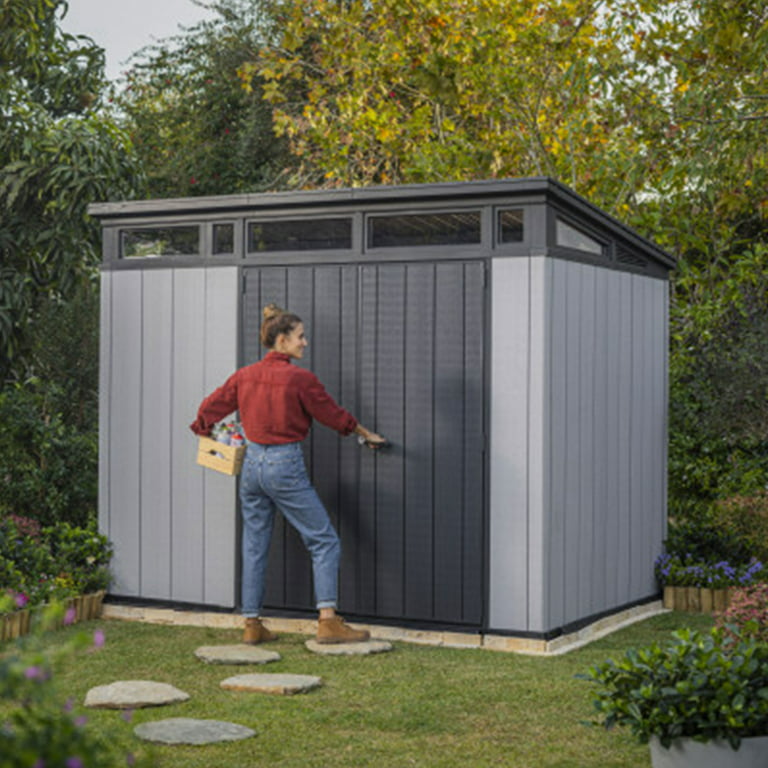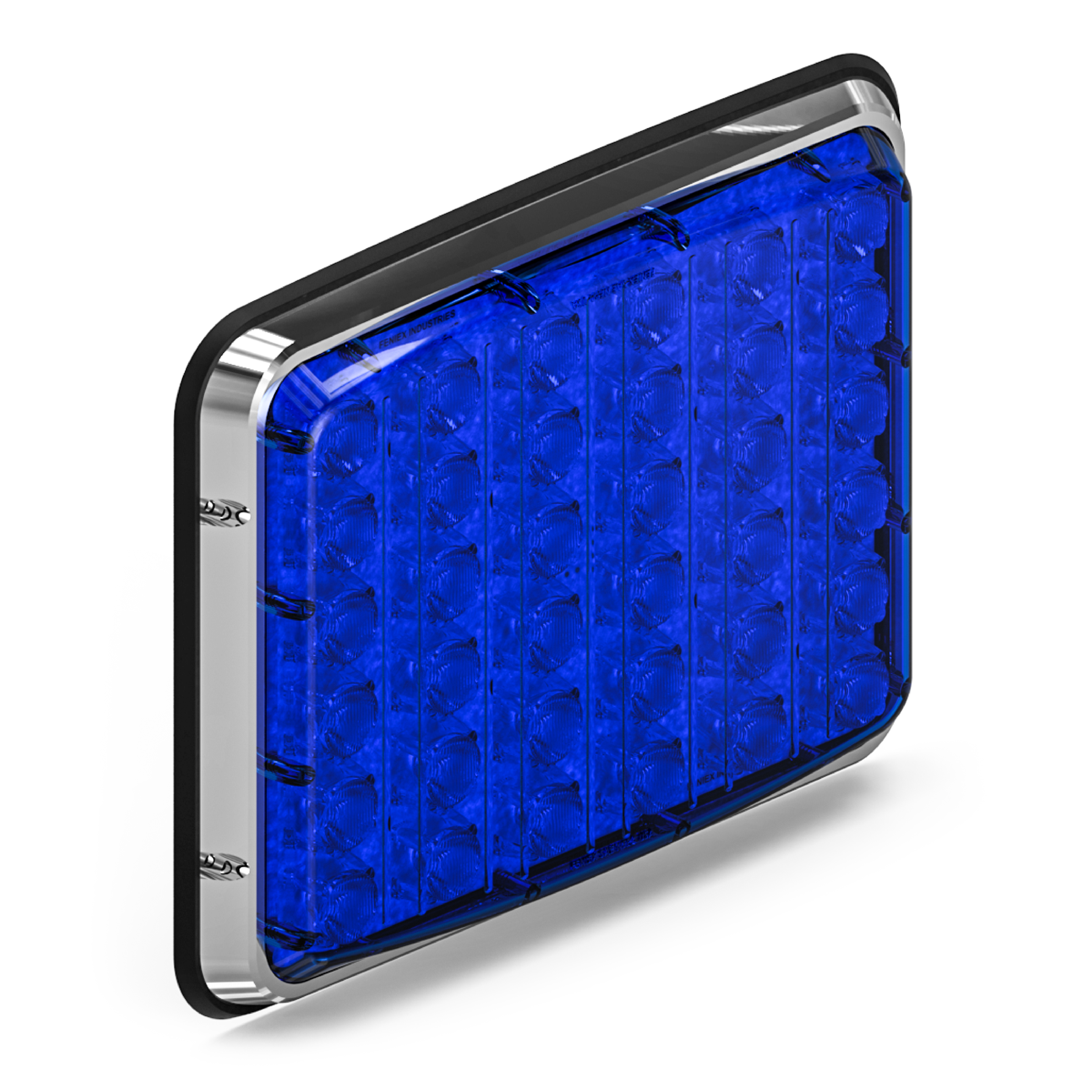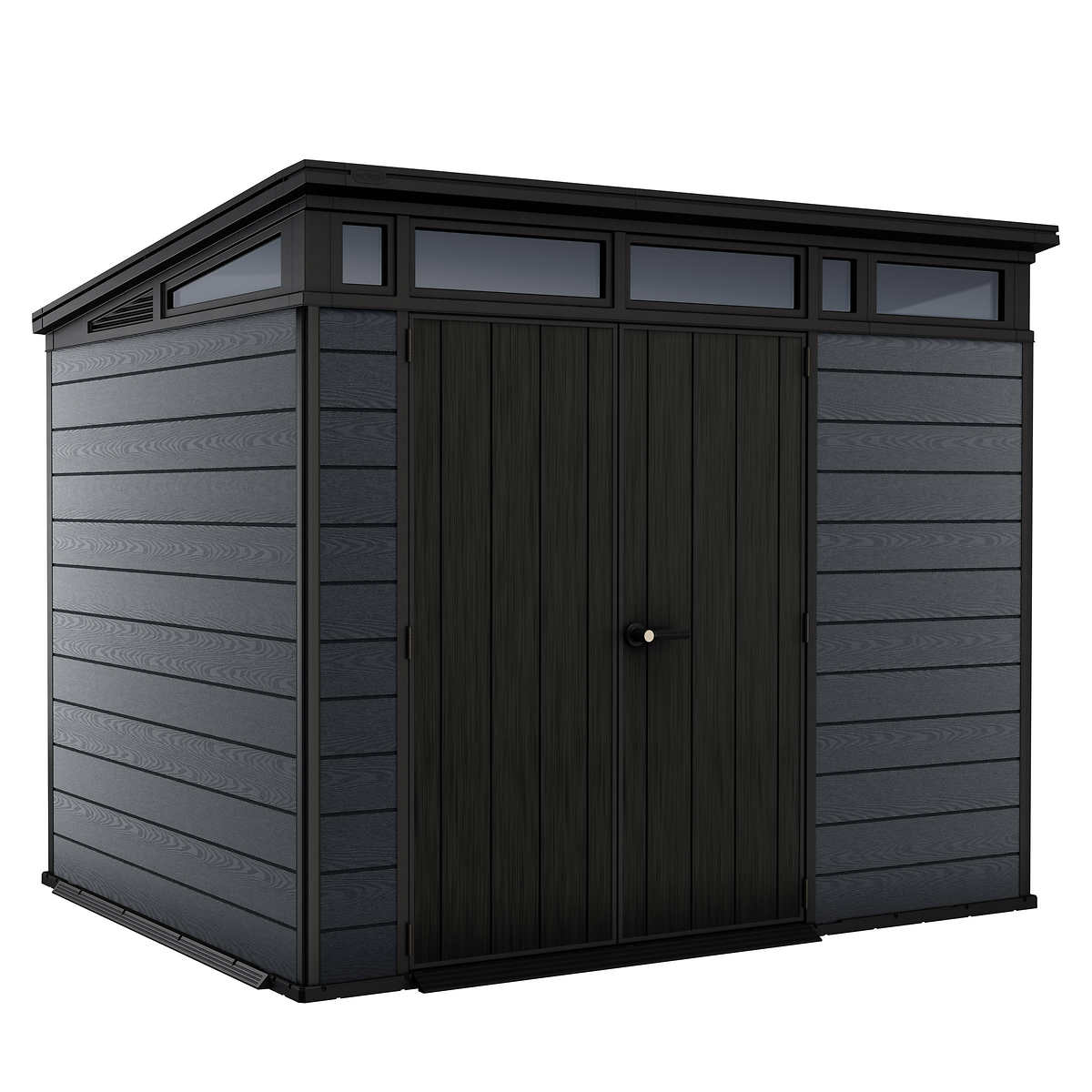9x7: The Magic Formula
9x7 is a simple multiplication problem with a surprising answer: 63. This seemingly ordinary calculation has captured the attention of mathematicians, educators, and even artists for centuries.
The importance of 9x7 lies in its ability to demonstrate various mathematical concepts. It is often used to introduce the concept of multiplication, as it provides a concrete example of how numbers can be combined to create a larger number. 9x7 is also a useful tool for teaching multiplication tables, as it can help students memorize the product of 9 and 7.
Beyond its mathematical significance, 9x7 has also found applications in other fields. In music, for example, the interval between two notes that are nine semitones apart is known as a "9th." This interval is often used in jazz and classical music to create a sense of tension and release.
Whether you are a mathematician, a musician, or simply someone who appreciates the beauty of numbers, 9x7 is a fascinating and versatile concept that is sure to captivate your mind.
9x7
The product of nine and seven, 9x7, is a versatile concept with various dimensions. Here are eight key aspects to consider:
- Mathematical concept:Multiplication
- Product: 63
- Factors: 9 and 7
- Multiplication table: 9x7
- Musical interval: 9th
- Historical significance: Ancient mathematical texts
- Educational tool: Teaching multiplication
- Recreational use: Puzzles and games
These aspects highlight the mathematical foundation of 9x7, its applications in music and education, its historical significance, and its broader relevance in various fields. Whether viewed as a mathematical concept, a musical interval, or a teaching tool, 9x7 continues to captivate and engage minds across disciplines.
1. Mathematical concept
Multiplication is a fundamental mathematical operation that involves combining equal groups to find the total quantity. In the context of "9x7", multiplication plays a central role in determining the product of nine and seven, resulting in the number 63.
- Repeated addition: Multiplication can be understood as repeated addition of equal groups. For example, 9x7 can be calculated as 7 + 7 + 7 + 7 + 7 + 7 + 7 + 7 + 7, resulting in 63.
- Arrays: Multiplication can also be visualized using arrays, which are rectangular arrangements of objects. For 9x7, we can create an array with 9 rows and 7 columns, resulting in a total of 63 objects.
- Distributive property: The distributive property of multiplication over addition states that a(b + c) = ab + ac. This property can be used to simplify multiplication problems, such as (9 + 1) x 7 = 9 x 7 + 1 x 7 = 63 + 7 = 70.
- Area and volume: Multiplication is used to calculate the area of rectangles (length x width) and the volume of rectangular prisms (length x width x height). For example, a rectangle with a length of 9 units and a width of 7 units has an area of 63 square units.
These facets of multiplication highlight its versatility and applicability in various mathematical contexts, including the calculation of "9x7". Multiplication allows us to combine quantities efficiently, solve real-world problems, and explore mathematical relationships.
2. Product
The product of 9 and 7, resulting in 63, holds significance in various mathematical and practical contexts:
- Multiplication result: 63 is the direct outcome of multiplying nine and seven. It represents the total quantity obtained when combining nine groups of seven.
- Factorization: 63 can be expressed as a product of its prime factors, which are 3 and 3 and 7. This factorization reveals the underlying structure of the number.
- Triangular number: 63 is the 12th triangular number, which represents the number of objects arranged in an equilateral triangle with 12 rows. This connection highlights the geometric patterns associated with certain numbers.
- Perfect number: 63 is a perfect number, meaning that it is equal to the sum of its proper divisors (1, 3, 7, 9, 21). This special property makes 63 an object of interest in number theory.
These facets of "Product: 63" demonstrate its multifaceted nature, extending beyond the simple result of 9x7. They encompass concepts of multiplication, factorization, geometric patterns, and number theory, showcasing the richness and interconnectedness of mathematical ideas.
3. Factors
The factors of 9x7, namely 9 and 7, play a crucial role in understanding and working with this multiplication expression. Factors are the building blocks of a number, and in the case of 9x7, 9 and 7 are the two numbers that, when multiplied together, produce 63.
The concept of factors is essential for various mathematical operations, including finding the greatest common factor (GCF) and the least common multiple (LCM) of two or more numbers. In the context of 9x7, the GCF of 9 and 7 is 1, while the LCM is 63. This information can be useful for simplifying expressions, solving equations, and understanding the relationships between numbers.
Furthermore, the factors of 9x7 have practical significance in real-world applications. For example, if a rectangular garden has a length of 9 feet and a width of 7 feet, the area of the garden can be calculated using the formula for the area of a rectangle: length x width. In this case, the area of the garden is 9x7 = 63 square feet.
In summary, the factors of 9x7, namely 9 and 7, are essential for understanding the multiplication expression and performing various mathematical operations. They also have practical applications in real-world scenarios, such as calculating the area of a rectangle.
4. Multiplication table
The multiplication table serves as a foundational component of mathematical knowledge, providing a systematic arrangement of products for all combinations of numbers up to a certain limit. The "Multiplication table: 9x7" specifically focuses on the product of 9 and 7, resulting in the value 63.
Understanding the multiplication table is crucial for developing fluency in multiplication and division operations. By memorizing the products of basic multiplication facts, individuals can quickly recall the answer to problems like 9x7 without having to perform the multiplication process each time. This efficiency is essential for solving more complex mathematical problems and real-world scenarios.
In practical applications, the "Multiplication table: 9x7" finds uses in various fields. For example, in carpentry, a carpenter may need to calculate the area of a rectangular board that is 9 feet long and 7 feet wide. Using the multiplication table, they can instantly determine the area to be 9x7 = 63 square feet, enabling them to plan their project accordingly.
Furthermore, the multiplication table provides a basis for exploring mathematical patterns and relationships. By observing the patterns in the multiplication table, individuals can identify properties such as the commutative property (a x b = b x a) and the distributive property (a x (b + c) = a x b + a x c). These properties form the foundation for more advanced mathematical concepts.
In summary, the "Multiplication table: 9x7" is an integral part of mathematical knowledge, providing a quick reference for multiplication facts and serving as a stepping stone for understanding more complex mathematical concepts. Its practical applications extend to various fields, making it an essential tool for both students and professionals.5. Musical interval
In the realm of music, the musical interval known as a "9th" holds a special connection to the mathematical concept of "9x7." A 9th is a musical interval that spans nine scale degrees, encompassing eight whole tones and one semitone. This interval is often described as having a wide and dissonant sound, creating a sense of tension and release when resolved to a more consonant interval.
The connection between the "Musical interval: 9th" and "9x7" lies in the mathematical ratio of frequencies that define the interval. The frequency ratio of a 9th is 9:7, which is the same as the product of 9 and 7. This mathematical relationship highlights the close association between music and mathematics, where numerical ratios govern the harmonic intervals that form the basis of musical compositions.
Understanding the connection between "Musical interval: 9th" and "9x7" is essential for musicians, music theorists, and composers. It provides a framework for comprehending the structure and relationships within musical scales and harmonies. By recognizing the mathematical underpinnings of musical intervals, musicians can develop a deeper appreciation for the science behind the art of music.
In practical applications, the "Musical interval: 9th" is commonly employed in various musical genres, including classical, jazz, and popular music. Composers use 9ths to create dissonant harmonies, add tension to melodic lines, and evoke specific emotions in listeners. Understanding the connection between "Musical interval: 9th" and "9x7" empowers musicians to make informed choices when composing and performing music.
6. Historical significance
The connection between "Historical significance: Ancient mathematical texts" and "9x7" lies in the fact that the concept of multiplication, including the product of 9 and 7, has been documented in ancient mathematical texts dating back centuries.
- Multiplication in Babylonian mathematics
In ancient Babylonia, around 1800 BCE, a clay tablet known as YBC 7289 was discovered, containing a multiplication table that included the product of 9 and 7, which was written as 9 x 7 = 63.
- Multiplication in Egyptian mathematics
The Rhind Mathematical Papyrus, an ancient Egyptian text from around 1650 BCE, also contains a multiplication table, where the product of 9 and 7 is given as 9 x 7 = 63.
- Multiplication in Vedic mathematics
In ancient India, the Vedic text known as the Sulba Sutras, dating back to around 800 BCE, includes a method for multiplying two numbers, which can be applied to find the product of 9 and 7.
- Multiplication in Greek mathematics
The Greek mathematician Euclid, in his work "Elements" written around 300 BCE, provided a geometric method for multiplying two numbers, which can be used to find the product of 9 and 7.
These examples highlight the fact that the concept of multiplication, including the product of 9 and 7, has been known and used for thousands of years, and its historical significance can be traced back to ancient mathematical texts from various cultures.
7. Educational tool
The connection between "Educational tool: Teaching multiplication" and "9x7" lies in the fact that 9x7 is a foundational concept in teaching multiplication to students, providing a concrete example of the process and its application.
- Understanding the concept of multiplication
Multiplication represents the repeated addition of equal groups. 9x7 can be visualized as adding 7 seven times: 7 + 7 + 7 + 7 + 7 + 7 + 7 + 7 + 7. Using 9x7 as an example, students can grasp the concept of multiplication as repeated addition.
- Learning multiplication tables
Multiplication tables provide a systematic way to memorize the products of basic multiplication facts. 9x7 is one of the basic multiplication facts that students need to learn. By practicing with examples like 9x7, students develop fluency in recalling multiplication facts.
- Solving multiplication problems
Multiplication is used to solve a variety of real-world problems. For instance, if a farmer has 9 rows of corn plants with 7 plants in each row, the total number of plants can be calculated using multiplication (9x7). Using 9x7 as an example, students can apply their understanding of multiplication to solve practical problems.
- Relating multiplication to other operations
Multiplication is closely related to other arithmetic operations, such as division. The relationship between 9x7 and 7x9 (commutative property) and 3x21 (distributive property) can be explored using 9x7 as an example, helping students understand the interconnectedness of mathematical operations.
In summary, 9x7 serves as a valuable educational tool in teaching multiplication by providing a concrete example to understand the concept, memorize multiplication facts, solve problems, and relate it to other mathematical operations.
8. Recreational use
The connection between "Recreational use: Puzzles and games" and "9x7" lies in the fact that 9x7 can be incorporated into various puzzles and games, providing entertainment and mental challenges.
- Sudoku
Sudoku is a popular logic-based puzzle game that involves filling a 9x9 grid with numbers so that each row, column, and 3x3 block contains all the numbers from 1 to 9. 9x7 can be used as a starting point for filling in the grid, as it ensures that the 9 in the 3rd row and 7th column is already placed.
- Crossword puzzles
Crossword puzzles often include clues that require mathematical calculations. For example, a clue might ask for the product of 9 and 7. Knowing the answer to 9x7 can help solvers fill in the corresponding squares in the grid.
- Math riddles
Math riddles can be designed to challenge problem-solving skills. For instance, a riddle might ask, "What is the product of two consecutive odd numbers that add up to 16?" The answer to this riddle is 9x7.
- Multiplication Bingo
Multiplication Bingo is a game where players have bingo cards with multiplication problems. As the caller reads out multiplication problems, players mark off the answers on their cards. The first player to mark off all the answers, including 9x7, wins the game.
In summary, 9x7 finds its way into recreational puzzles and games, offering not only entertainment but also opportunities for mental exercise and problem-solving practice.
FAQs on "9x7"
This section addresses frequently asked questions and misconceptions surrounding the mathematical expression "9x7".
Question 1: What is the answer to 9x7?
The answer to 9x7 is 63. This can be calculated by multiplying 9 by 7, or by using the multiplication table.
Question 2: How is 9x7 used in real-life scenarios?
9x7 has various practical applications. For example, it can be used to calculate the area of a rectangle with a length of 9 units and a width of 7 units, or to determine the total cost of purchasing 9 items at $7 each.
Question 3: Is there a relationship between 9x7 and musical intervals?
Yes. In music, the interval between two notes that are nine semitones apart is known as a "9th". The frequency ratio of a 9th is 9:7, which is the same as the product of 9 and 7.
Question 4: What is the historical significance of 9x7?
The concept of multiplication, including the product of 9 and 7, has been documented in ancient mathematical texts dating back centuries. For instance, the Babylonian clay tablet YBC 7289 contains a multiplication table that includes 9x7 = 63.
Question 5: How is 9x7 used in education?
9x7 is a foundational concept in teaching multiplication to students. It is used to explain the concept of multiplication as repeated addition, to memorize multiplication tables, and to solve multiplication problems.
In summary, 9x7 is a versatile concept with practical applications, historical significance, and educational value.
Transition to the next article section:
Conclusion
Through this exploration of "9x7", we have uncovered its multifaceted nature, extending beyond a mere multiplication problem. Its connections to mathematics, music, history, education, and recreation showcase its versatility and significance.
9x7 serves as a reminder of the interconnectedness of knowledge and the beauty of numbers. It invites us to delve deeper into the world of mathematics, appreciate the harmony of music, and recognize the historical roots of our knowledge. By embracing the simplicity yet profoundness of 9x7, we not only enhance our understanding of the world but also foster a greater appreciation for the wonders of human ingenuity.



Detail Author:
- Name : Davon Ullrich
- Username : xgibson
- Email : hschultz@dickens.com
- Birthdate : 1990-06-20
- Address : 9366 Pearl Extensions Apt. 985 Savionshire, NC 46271-8152
- Phone : +1-904-357-3166
- Company : Fahey and Sons
- Job : Electrical Sales Representative
- Bio : Et omnis rerum ut aut sunt. Perferendis suscipit sapiente dolores voluptas illo. Nulla maxime quidem ut minus molestiae omnis. Et explicabo officia repellat aspernatur est rerum quibusdam harum.
Socials
instagram:
- url : https://instagram.com/dasia_gleichner
- username : dasia_gleichner
- bio : Possimus molestiae quas quas. Sed omnis est reiciendis rerum. At ut qui autem a.
- followers : 5277
- following : 558
tiktok:
- url : https://tiktok.com/@gleichnerd
- username : gleichnerd
- bio : Aliquid neque praesentium repudiandae et harum quasi.
- followers : 5032
- following : 1458
twitter:
- url : https://twitter.com/gleichnerd
- username : gleichnerd
- bio : Vero est amet iste doloremque alias. Mollitia est quis quia sunt et aperiam. Debitis minus porro ut. Excepturi nisi impedit et dolor perferendis eos aliquid.
- followers : 859
- following : 278
linkedin:
- url : https://linkedin.com/in/dasia_gleichner
- username : dasia_gleichner
- bio : Autem sit sit eos doloremque modi.
- followers : 2112
- following : 2417
facebook:
- url : https://facebook.com/dasia_dev
- username : dasia_dev
- bio : Ea voluptas iste illo molestias excepturi ipsum et nesciunt.
- followers : 6945
- following : 1617